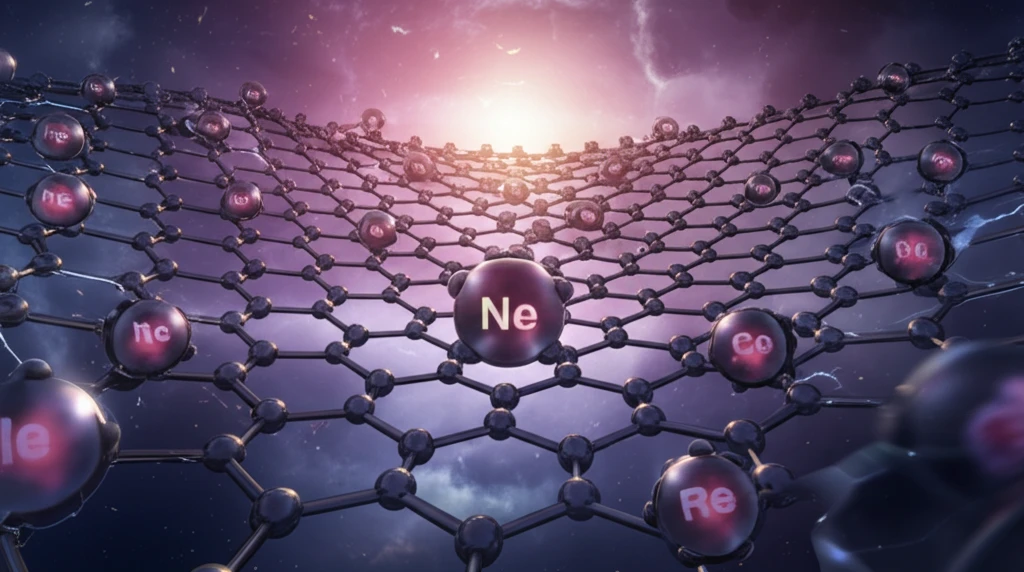
Hydrogen Storage Breakthrough: Can Graphene Flakes Solve Our Energy Woes?
"Scientists explore lithium-decorated graphene flakes as a revolutionary method for efficient and reversible hydrogen storage, potentially transforming clean energy solutions."
The quest for clean and sustainable energy sources has led scientists down numerous paths, each with its own set of challenges and promises. Among the most promising avenues is hydrogen energy, which offers a high energy yield and produces only water as a byproduct when used. However, storing hydrogen safely and efficiently has remained a significant hurdle. Traditional methods often involve high pressures or low temperatures, making them impractical for widespread use. This is where innovative materials like graphene come into play, offering a potential solution to this critical energy challenge.
Graphene, a two-dimensional allotrope of carbon, has captivated researchers with its exceptional strength, conductivity, and large surface area. Its unique structure makes it an ideal candidate for a variety of applications, including energy storage. Recent studies have focused on modifying graphene to enhance its hydrogen storage capabilities, and one particularly interesting approach involves decorating graphene flakes with lithium atoms. This modification aims to improve the interaction between graphene and hydrogen molecules, leading to more efficient storage.
Now, researchers are exploring how lithium-decorated graphene flakes can revolutionize hydrogen storage by leveraging the effects of external electric fields. This approach not only promises to enhance hydrogen adsorption but also offers a pathway to reversible storage, where hydrogen can be both captured and released on demand. As the world seeks cleaner energy solutions, these advancements in material science could be pivotal in unlocking the full potential of hydrogen as a future fuel.
The Science Behind Lithium-Decorated Graphene for Hydrogen Storage

The study, titled 'Reversible hydrogen adsorption on Li-decorated T-graphene flake: The effect of electric field,' delves into the intricate details of how lithium atoms, when added to graphene flakes, can significantly alter their electronic properties and hydrogen adsorption capabilities. The researchers used density functional theory (DFT) calculations to simulate and analyze these interactions at the atomic level. Their findings reveal that lithium decoration reduces the energy band gap of graphene, enhancing its ability to bind with hydrogen molecules.
- Lithium decoration enhances graphene's hydrogen adsorption.
- Electric fields control hydrogen adsorption and release.
- Reversible storage makes graphene a promising material.
- DFT calculations support the experimental findings.
The Future of Hydrogen Energy with Advanced Materials
While this research is still in the experimental phase, the implications are substantial. The development of efficient and reversible hydrogen storage materials is critical for realizing a hydrogen-based economy. Lithium-decorated graphene flakes, controlled by external electric fields, represent a significant step forward in this direction. As research continues, we can anticipate further refinements and innovations that bring us closer to a cleaner, more sustainable energy future. The intersection of nanotechnology and materials science is paving the way for solutions that address some of the world's most pressing energy challenges, offering hope for a greener tomorrow.
